Rural regeneration needs to take a step forward: from the industrial supply chain to "brotherhood". Speaking to Lucio Cavazzoni, president of Good Land.
Since I was a child, the example of my relatives - foodies before their time - taught me to respect food and those who produce it, to explore its processes and enjoy culinary research regardless of the value of the product.
Educated in beauty by the same sources, I later took up design, graphics, photography and creative direction, for my studies and my work.
From these experiences, still in full swing, I discovered the dimension of aesthetics, a founding element of my visual design.
Aesthetics and ethics - the platonic categories of beauty and goodness - are always clearly present in my images, and it really couldn't be otherwise, because they coexist harmoniously in any subject of food photography: territory, ingredients, operators in the sector, places where food is sold and eaten, dishes, giving them value and, if you like, enhancing their stories.
Examples of this approach, never lacking a paradoxical streak, are a few of my photographic projects, such as the one created for an international French contest. I gave a great deal of thought to its theme, Luxe et Fête, in order to understand what the meaning of luxury in the culinary field could be, arriving at the conclusion that bread, butter and sugar - the afternoon snack of baby boomers - was a good response.
This is how Rêve d’un bébé gourmand came about, which, along with En nageant avec les maqueraux and Tomates en Cour Carrée (anchovies with burrata and tomato and spring onion salad) found a place on the Carrousel du Louvre in 2013 for an exhibition dedicated to the finalists of the Festival International de la Photographie Culinaire.
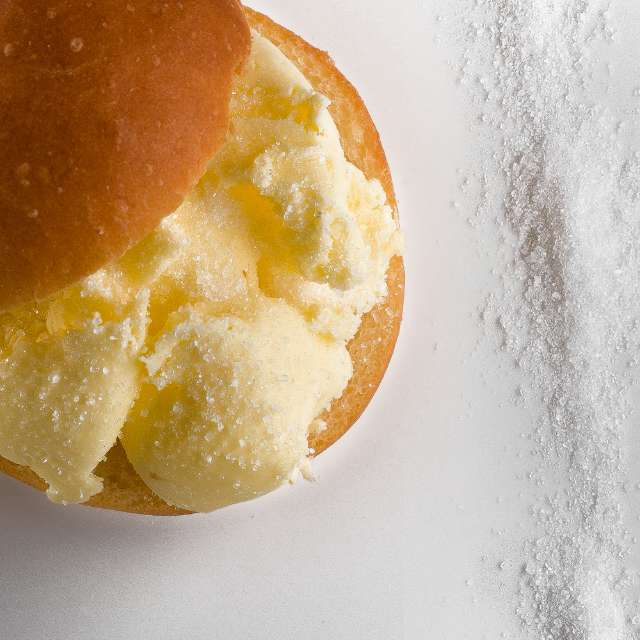
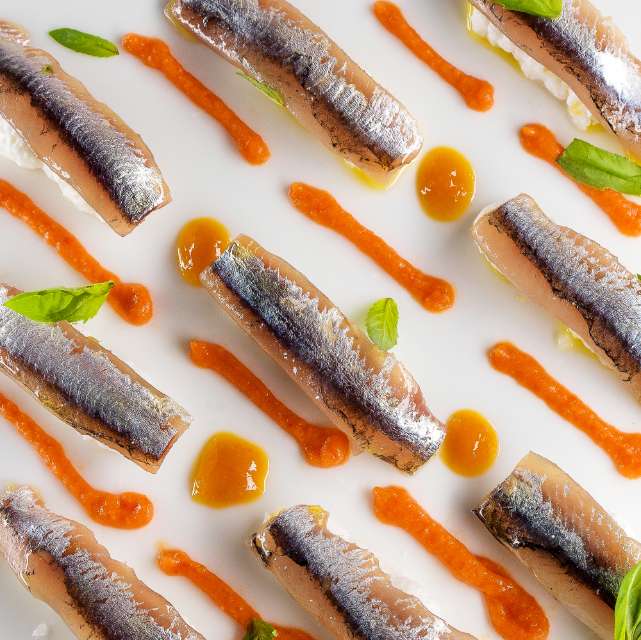

The union of ethics and aesthetics created a common thread through my photography, also present in my other projects, characterised by a fine art representation of simple subjects, presented with sophisticated compositions and refined mise en plat, usually dedicated to the visual image of luxury.
An example of this is Party Dinner, day after, where I deal with the theme of recycling in unconcerned times (Polpette, già supreme di faraona, funghi porcini e castagne, Paste, fagioli e cozze e Nonna scaldami la pasta!)
I have always thought that the images in food photography should be considered not just as beautiful photos to support recipes, but that they should deserve a space in their own right as expressions of an auteur photographic genre, to be counted among the forms of contemporary art.
All my work in this sector is orientated towards subverting the popular opinion that a food photo is only a commercial image or editorial content.
As has happened with other genres, such as fashion photography, which nobody could fail to consider as art today, despite it being inspired in the majority of cases by the requirements of advertising, I believe the time is ripe to also start considering images of food beyond their value as simple communicative content.

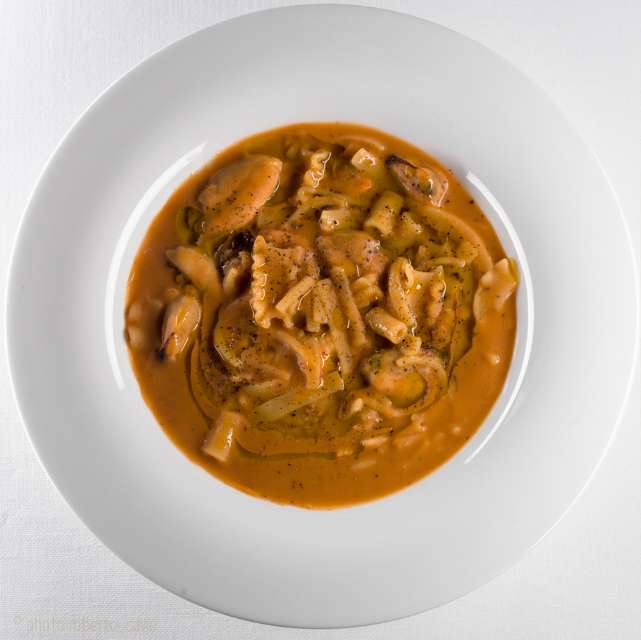
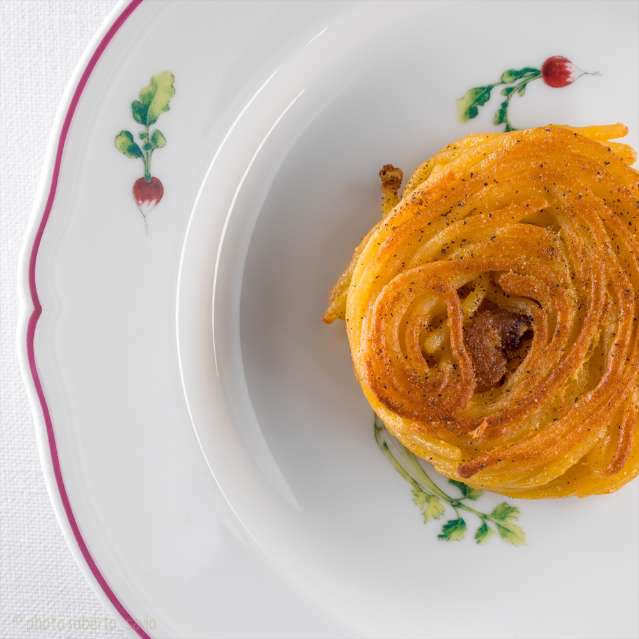
Important topics need broad narrative design, all the more so if the media is expressed through images.
Every one of my works is based on design principles: strategy, functionality, aesthetics, narration, combined with an accurate, still-life photographic technique and high-level equipment that is always at the cutting edge; and at the same time based on collaboration with chefs committed to developing culinary concepts strongly orientated towards ethical and aesthetic principles.
This is how projects such as Food Book Livellara see the light of day: an example of a tableware catalogue where it is the food that gives value to the product, with dishes (real dishes served in a restaurant and not just exercises in style) that each coordinate, in form and colour, with a plate from the catalogue.
These images won the first prize in the corporate communications category of the 2020 Communication Arts annual competition.
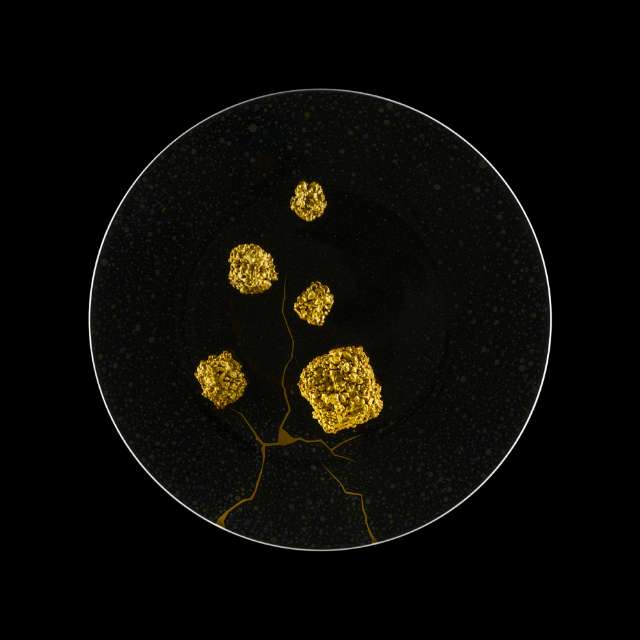
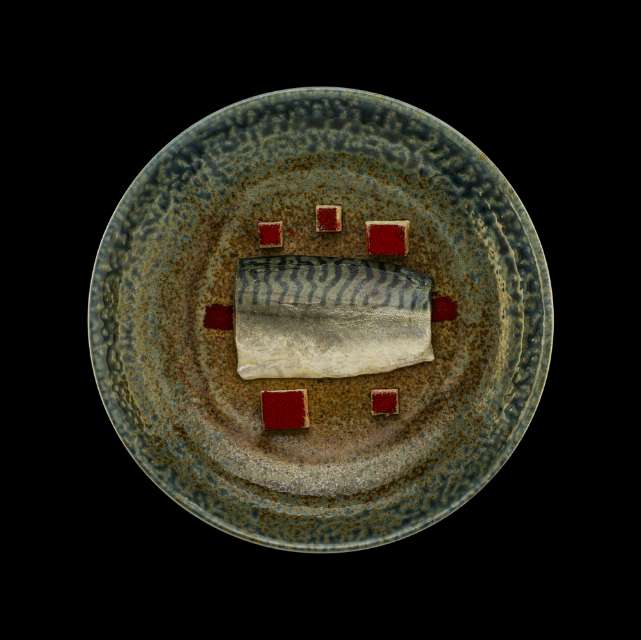
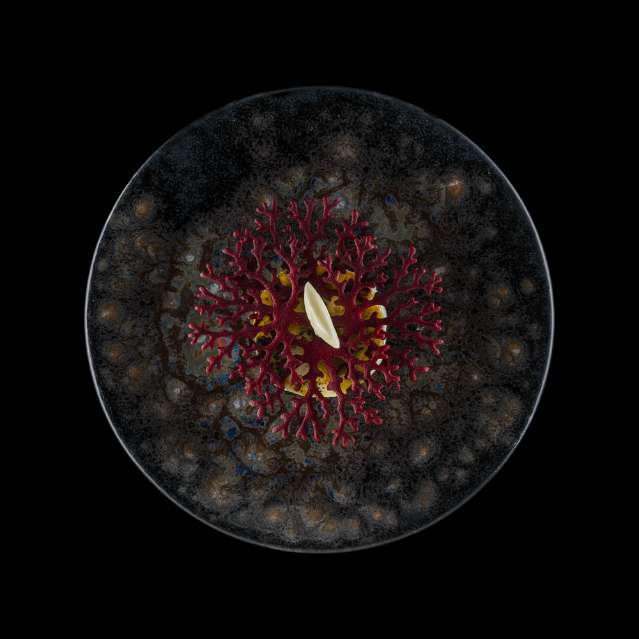
Supported by my personal style, characterised primarily by a fine art approach, as well as a clean, essential composition, I have recently developed a delicate project that confronts certain taboos conditioning western culinary habits: namely, #entomophagy.
In this case it is the ethics pervading every aspect of the concept of sustainability that inspires the creation of some photos, where aesthetics makes it possible to present traditional dishes with the addition of deliberately visible insects, with the aim of stimulating a reaction and, hopefully, a debate on the need to make a virtuous change, in a short amount of time, and at a global level, to our sources of animal protein.
In 2019, starting in Paris, Aspic avec Locusta Migratoria, Crème caramel avec Zophobas Morio and Pan di Camole avec Tenebrio Molitos found their place on the walls of various French exhibitions, as well as on their dedicated social media communications, offering a starting point for ethical reflection to thousands of photographic art lovers all over the world.

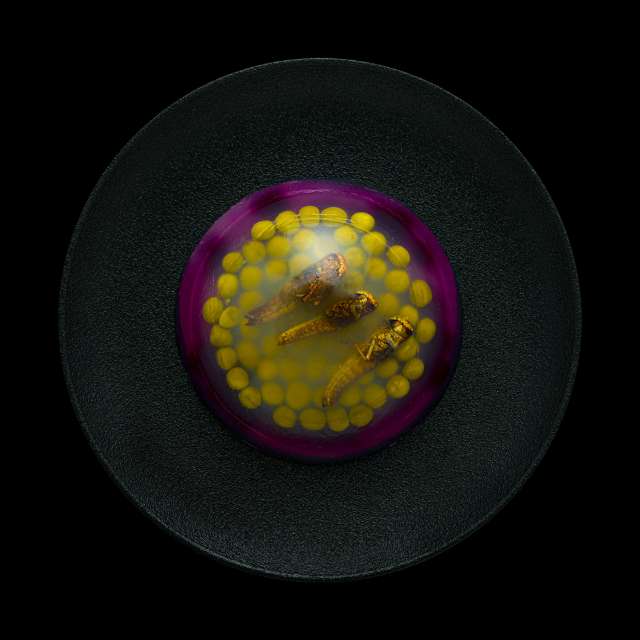
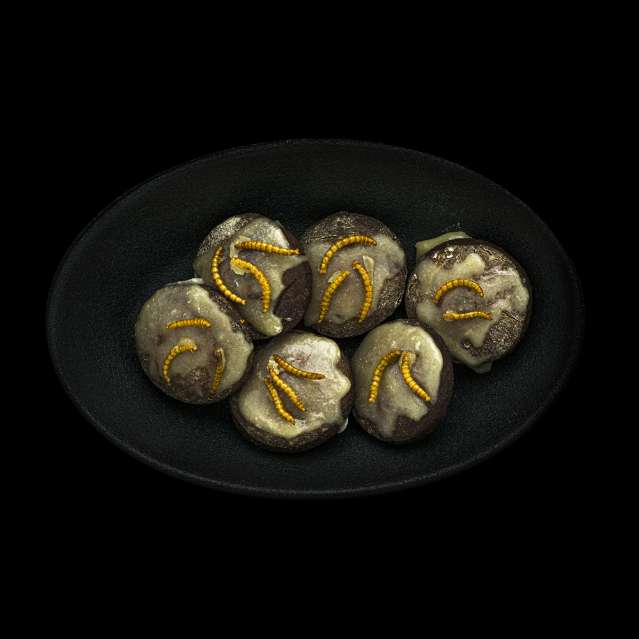
And the research continues, every day, shot after shot, also through the valuable activity of education, through which I share my knowledge and my photographic vision with an extremely varied public, interested in understanding what food photography really is beyond the stereotyped images of social media and advertising. This is a testament to its evolution as a multicultural medium, and above all as a new art movement.
Images Credits:
© Ph. Roberto Savio
Rural regeneration needs to take a step forward: from the industrial supply chain to "brotherhood". Speaking to Lucio Cavazzoni, president of Good Land.
The beauty and the goodness of Food for Soul, the project from the most famous Italian chef in the world, which combines surplus food recovery with social inclusion.
